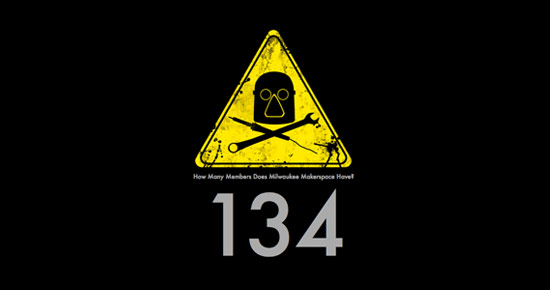
There’s been so much talk about learning to code lately… I figured I should provide some insight, as someone who has been writing code that computers can understand (sometimes) since the early years of the 1980s.
Writing code is fun! Well, sometimes. You know, on the rare occasions when your code actually works. Writing code can be fun, just like things blowing up can be fun… under the right circumstances. Fireworks on the fourth of July? Fun! Your car’s engine blowing up? Not fun! Don’t worry, your code will “blow up” on occasion, and you’ll have to fix it. Often this will happen at 2:30am.
Maybe writing code is fun like driving is fun. You know, a cross-country trip, 20 hours straight in a car with cranky, smelly people… that’s fun! Having things break for no reason and having to spend lots of time (and possibly money) fixing things? Fun!
I’m partially kidding, of course. Writing code can be fun, but it can also be terrible. You’re typing at a keyboard with the goal of telling a computer what to do. We really are slaves to the machine. Computers were supposed to help automate everything so we’d have more free time for leisurely activities like building robots, which of course require you to program a computer to make them work. It’s a vicious cycle!
But hey, you should write code. You should write code to solve problems. You could be awesome and release that code under an open source license so the next poor sucker doesn’t spend 10 hours solving the problem you already solved. Of course some people/companies/organizations believe that everyone should solve their own problem, so they won’t let you share your code, even if you wrote it on your own time… don’t work for them. Work for the betterment of humanity.
You should also write code for fun, real fun, enjoyment, for real! Write code that does something silly, or stupid, or amazing, or to play a prank on someone. Don’t lose sight of the fact that learning should be an enjoyable experience. Most programmers I know have a sense of humor. It’s probably a requirement for that line of work.
But… which language should you choose? Eh, it doesn’t matter. Start with the easy ones, perhaps a scripting language. It may be all you need. I’ve been using Perl for about 16 years, and I still use it all the time because it’s the fast and easy way for me to get things done. I like getting things done more than I like buzzwords or whatever the popular kids are using to write code.
So yeah, write some code… see if you like it. If you hate it, don’t write code. Find something else to do. The world always needs people to bake things. Baked goods are delicious and very enjoyable, and it’s extremely rare that someone complains that a loaf of bread just “stopped working” or somehow didn’t do what they wanted it to do.
Bake on, man… Bake on!






















